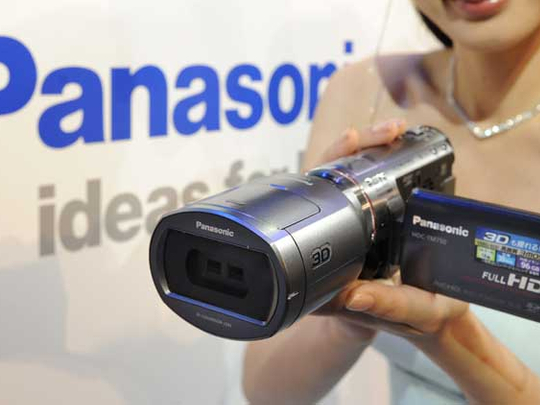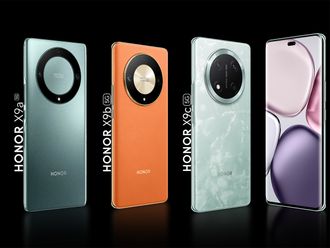
Tokyo: A number of global electronics companies are racing to get 3D televisions into the shops, hoping a revival of interest in the technology sparked by blockbuster movies such as the sci-fi epic Avatar will translate into the public wanting the 3D experience at home.
However, the relative scarcity of three dimensional movie content is a stumbling block for the products catching on.
The whole camcorder and lens setup, exhibited on Wednesday in Tokyo, starts at about 170,000 yen (Dh7,345.86), far more affordable than professional 3D camcorders, which have been the only types available up to now for 3D filming.
The camera looks much like a regular digital camcorder, but needs a slightly bigger 3D "conversion" lens that's sold separately.
The 3D camcorders go on sale in Japan on August 20, and will be available in overseas markets later this year, according to the Osaka-based maker of Viera TVs and Lumix digital cameras.
Executive Officer Shiro Nishiguchi said Panasonic sees this year as the beginning of "the 3D era".
Panasonic is leading the market in introducing 3D products this year, now offering eight 3D TV models, three 3D recorders and four designs in 3D glasses.
"Content you create yourself is going to be what you want to watch, and so it's going to be a killer content," Nishiguchi told reporters in Tokyo.
The 3D camcorder is expected to help 3D products for home spread quickly, he said, adding that Panasonic will start selling a 3D digital camera for still photos later this year.










